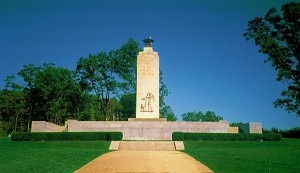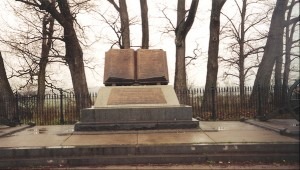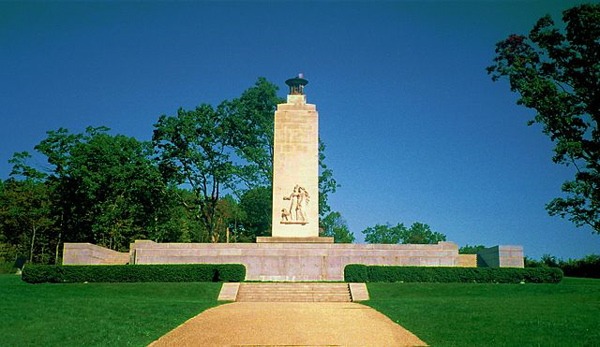
Last weekend, I joined half a dozen others at a friend’s church for a Sunday School discussion about tradition. The hour ended before our discussion really got going, but I continue to reflect broadly on the topic, especially in light of tomorrow’s holiday.
Where do traditions come from? How closely related are history and tradition? How is tradition embedded in our sacred civic and religious documents? How should we evaluate the traditions we’ve inherited from those who have gone before us? Why do some people view “tradition” negatively while others view it positively? Why do some people fancy themselves keepers of tradition while others fancy themselves free of tradition altogether?
Regardless of how different groups spin their relationship with tradition, we humans are tradition-keeping and tradition-crafting creatures. That includes those who say they are anti-tradition, because by rejecting tradition they are, in fact, creating a new one. (For an extended examination of this paradox as it specifically intersects the felt need of Christians to ground their common faith in a common profession, listen to Krista Tippett’s interview “The Need for Creeds” with late historian Jaroslav Pelikan.)
As we adopt and preserve old traditions or craft new ones—whether in regard to epic considerations such as how we understand and order our lives by the Holy Scriptures, how we evaluate the function of the U.S. Constitution or how we practice the ideals of the Declaration of Independence, or whether in regard to relatively mundane matters like how we manage our regular weekend routine—we both contribute something and receive something from our participation. On one hand, we offer our voice, our vote, on the validity of past traditions and help determine whether and how they get passed down to succeeding generations. On the other, we receive affirmation of our story and our identification with that story.
When in the course of certain events we meet and overcome challenges to our identity and our closely held traditions, they all—history, self-understanding and tradition, alike—take on greater significance. For the Hebrews of the ancient near east, their “Exodus” from slavery in Egypt, affirmed their vocation as children of Abraham and became a defining moment in their unfolding story. For Americans, the revolution that upheld the Declaration of Independence defied an unjust king and earned us a place among the nations of the world. Later, when the fruit of that revolution was threatened by civil war, major victories won by Union troops on July 3, 1863, at Gettysburg, Pa., and July 4, 1863, at Vicksburg, Miss., somehow meant more because of their proximity to Independence Day.

Incidentally, in his effort to promote and elevate the importance of the Battle of Gettysburg for the eventual outcome of the Civil War and the preservation of American democracy, it was a New Hampshire Yankee named John Bachelder who coined the term “High Water Mark” of the Confederacy. The “High Water Mark of the Rebellion” monument, dedicated in 1892, recognizes the farthest point reached by Confederate troops during their failed charge of Union lines on Cemetery Ridge outside Gettysburg. (For a fascinating take on Gettysburg lore and its role in shaping our national self-understanding, read Thomas A. Desjardin’s These Honored Dead: How the Story of Gettysburg Shaped American Memory.)
Tomorrow, on July 4, 2012, Americans everywhere will celebrate our independence from the British Empire with parades, barbecues, picnics, and, in places where bans aren’t in effect due to dry conditions, fireworks. That’s tradition in action.


